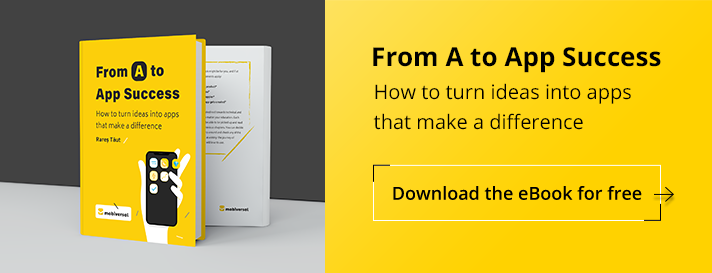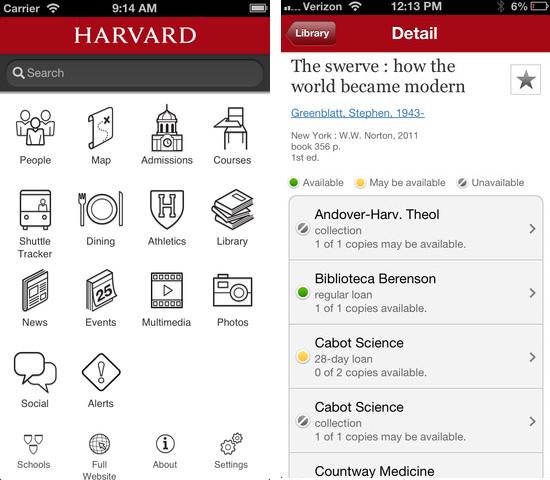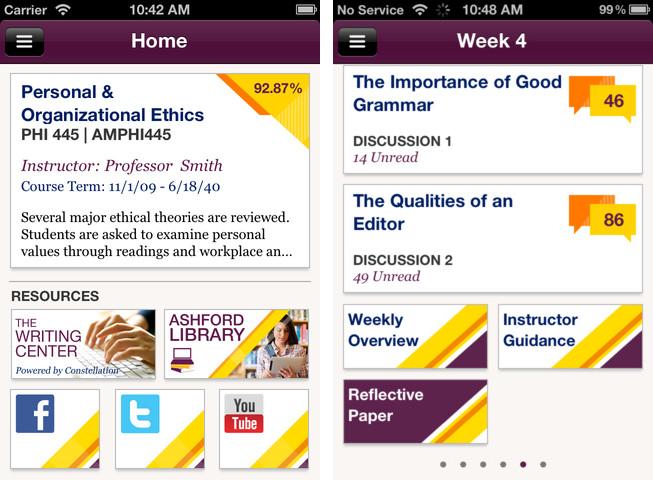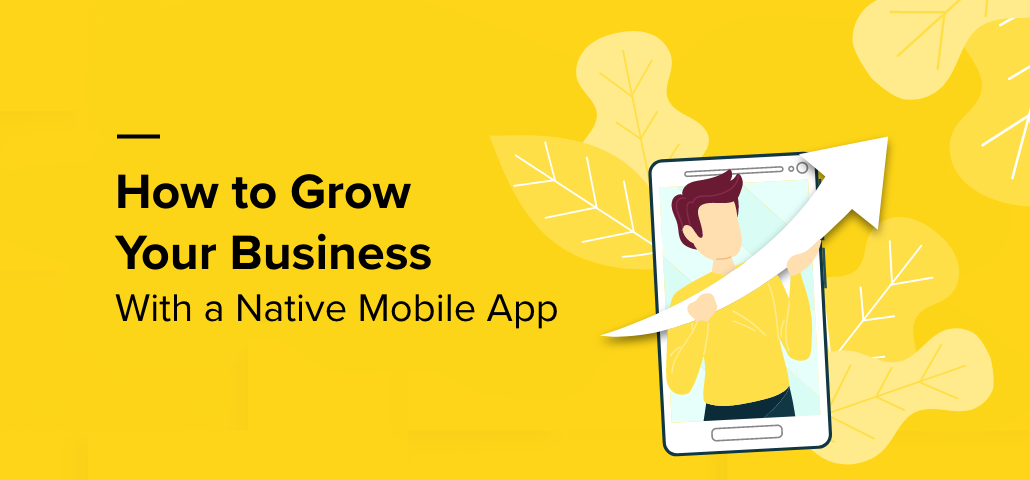Apps for Universities are Becoming a Must
Colleges and universities around the world are releasing mobile websites and apps targeted at current and prospective students. Most common features include maps, calendars and transit information for allowing students to complete assignments.
Released in January 2013, The Harvard Mobile app 2.0 (iPhone, Android) is built to improve the mobile experience of students, faculty, staff, visitors, and neighbors who interact with Harvard’s campus and community. Using the app you can checkout information on admissions, courses, library, events, what you can eat at lunch or use the map to locate certain buildings in the campus.
Using the Ashford University app (iPhone, Android) you can read and respond to discussions, receive announcements and alerts, read University news, contact your advisors, and much more. Some of the features allow users to connect to courses in the online learning environment, go through discussion board threads and engage with your classmates, view grades and instructor feedback. Users can view or change a photo on their Ashford digital Student ID, find key info on university support staff, view past grades or access the Ashford Library and Writing Center.
UCSanDiego (iPhone, Android) launched an app that allows users to browse contact information for people, find your way across campus, read campus news, keep tabs on sport scores, checkout campus-related videos, find real-time shuttle bus information, get an overview of current and future scheduled courses, and listen to podcasts of popular lectures. The app also allows users to take a virtual tour of some important spots in the campus or sign up for an in-person tour on your mobile device. You can view campus dining locations, hours and daily menus for facilities managed by Housing, Dining, and Hospitality, or checkout the UC San Diego Tweets gathered in one place.
Universities an colleges should take in consideration the kind of users are addressing, young people tend to be mobile, two-thirds of young adults between 18 and 29 have smartphones, so apps tend to become a must. Many universities start with mobile websites, but if they want to include features like geolocation, camera, virtual reality etc., the way to go is with an app.






